
When it comes to the ancient city, Kyoto that has a history of 1,000 years, all that comes to mind is the temples, shrines and traditionally styled buildings and shops. But there is something historical with a tinge of modern side. The National Museum of Modern Art Kyoto is the embodiment of the modernization of Kyoto. With large-scale exhibition as the theme, there is a collection of Japanese painting and crafts from Kyoto and west Japan.
National Museum of Modern Art Kyoto summary
The modern gray building, National Museum of Modern Art Kyoto is built in front of the greeneries filled Okazaki Park, the road towards the Heian Shrine and the canal of Lake Biwa. It was originally built as the Kyoto branch of the National Museum of Modern Art Tokyo. It became independent in 1967 and became the National Museum of Modern Art Kyoto. The current building was completed in 1986 which was designed by a famous Japanese architect known as Maki Fumihiko (槇 文彦).
The exterior of the building is made with transparent and heavy granite and glass. There are plenty of empty space in the pavilion, so there is a resting area at the first floor where you can enjoy Kyoto’s scenery throughout all 4 seasons through the transparent glass that fully covers the building from the floor to the ceiling.
Floor directory
The National Museum of Modern Art Kyoto has a collection of more than 12,000 modern and contemporary works of art from in and out of Japan. While considering the development of modern Japanese art history, it also focuses on the collection of West Japan’s crafts. Their collection of high-level Japanese paintings and modern foreign paintings is something particularly noteworthy. The fourth floor is where the collection of works are kept at and the exhibitions are normally held at the third floor.
Exhibition
The museum has a wide range of collections, including Japanese paintings, foreign paintings, books, sculptures, handicrafts (ceramics, textiles, metal crafts, wood and bamboo crafts, lacquerware and jewelry), pictures, etc. Selected works from the collection on the fourth floor will be displayed on the exhibition based on the theme. Although the museum’s collection is centered on the classic works of modern Japanese, there are also other works from Europe and America.
The highlights of the 4th floor
You can see the large Torii (Japanese red gate) of the Heian Shrine from the lobby of the 4th floor. You can also see the Higashiyama mountain range from there too.
Introduction of special exhibitions scheduled for the latter half of 2018
In addition to their regular exhibitions, they organize around 5 special exhibitions every year to introduce modern art from Japan or overseas. The following is an introduction to the schedules of the special exhibitions in the latter half of 2018. (Information as of September 2018)
Bauhaus imaginista: 2018 4th August (Saturday) ~ 8th October (Monday, public holiday)
The word Bauhaus was originally the name of an architectural and applied arts school. It was founded in 1919 by a modern German architect Walter Gropius in Weimar, Germany. Bauhaus’s philosophy is that architectural technology must be combined with art. Although the school only lasted for 14 years, its philosophy and doctrine had a profound impact on the world.
This exhibition explains how Bauhaus’s philosophy and curriculum have been adopted by Japan and India and how the local students apply these principles despite the different historical and cultural context. More than 100 records and work of the students at that time will be displayed in this exhibition. The essence of this exhibition will also be introduced in the “Bauhaus imaginista” exhibition scheduled in Berlin, Germany during the spring season of 2019.
110th anniversary of the birth of Kaii Higashiyama exhibition: 2018 29th August (Wednesday) ~ 8th October (Monday, public holiday)
It is an exhibition celebrating the 110th anniversary of the birth of Kaii Higashiyama (1908~1999).
Other than his famous works like Afterglow《残照》, Road 《道》, and the Green resonance 《緑響》, there are also landscape paintings and works depicting the ancient cities of Kyoto and Europe, totaling in about 80 pieces. Another highlight of the exhibition is the sliding wall painting of the Nara, Toshodaiji temple (a total of 68 piece of sliding wall) which took about 10 years to complete, truly a masterpiece. The last exhibition that has a scale this large was about 30 years ago.
Foujita Exhibition (commemorating the 50th anniversary of his death): 19th October (Friday) ~ 16th December (Sunday)
Born in Japan in the middle of the Meiji period, he was a painter who spent more than half of his life in France and became a French citizen and finally died in Europe, Tsuguharu Fujita (Leonard Foujita 1886-1968). As a milestone/anniversary, Japan has received the cooperation of the major museums in Europe to organize this major exhibition.
This exhibition will be based on Foujita’s research development through his artworks from each stage: “landscape”, “portraits”, “nudes”, “religious paintings”, and so on. At the same time, using the latest technologies to analyze his works from a new perspective. It is an exhibition featuring not only his signature works of nudes from “Milky white” backgrounds, but also other major works and pieces rarely seen in Japan. Truly an exhibition worth looking forward to.
The café in the Museum
Facing the Biwa Lake canal is a glass-enclosed café where coffee, tea, cakes and snacks are available. There is also an open terrace where you can view the cherry blossom during sakura season.
Admission hours and tickets
- Opening hours: 9:30am ~ 5pm (Fridays and Saturdays: admission until 7:30pm)
- Fixed closed dates: Mondays (If Monday is a national holiday, the museum will open on that Monday and close on the following weekday [Tuesday].)
- Tickets price: Adults 430 yen (RM16) (not including special exhibition tickets)
Location information
- Spot name: The National Museum of Modern Art, Kyoto
- Address: 26-1 Okazaki Enshoji-cho, Sakyo-ku, Kyoto, Kyoto 606-8344
- Access:
- 7-minute walk from Subway Tozai Line’s Higashiyama station.
- Get on the Kyoto city bus #5, #100, or #46 and get off at Okazaki Koen/Bijutsukan, Heian Jingu-mae station. It is right in front of the bus station.

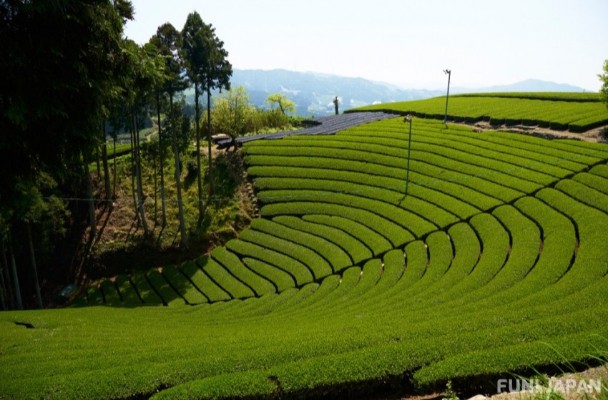
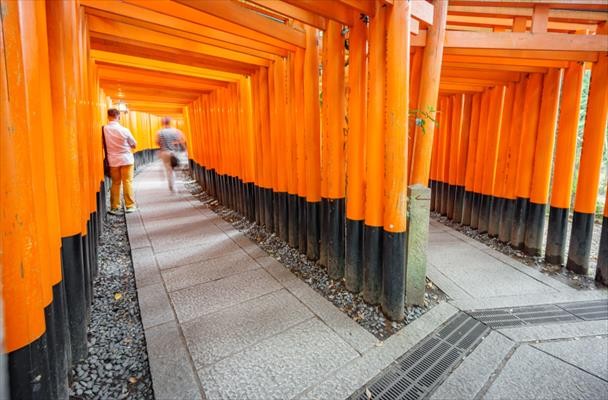
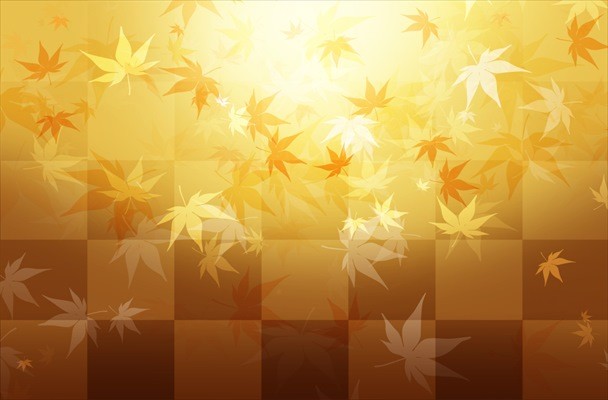
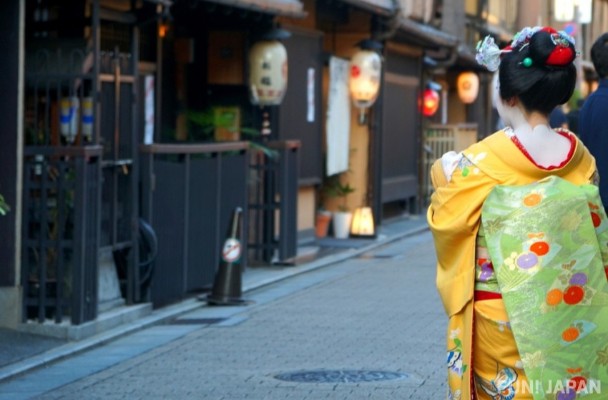
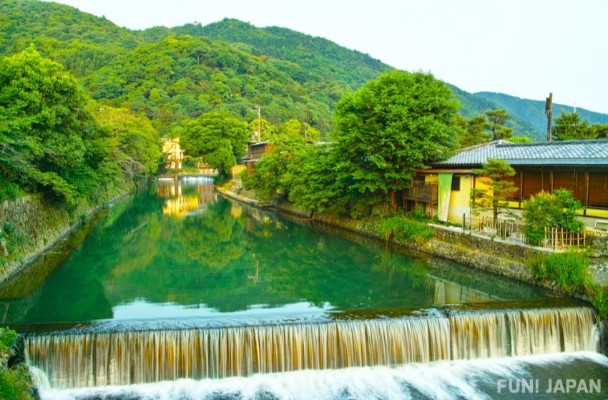
Comments